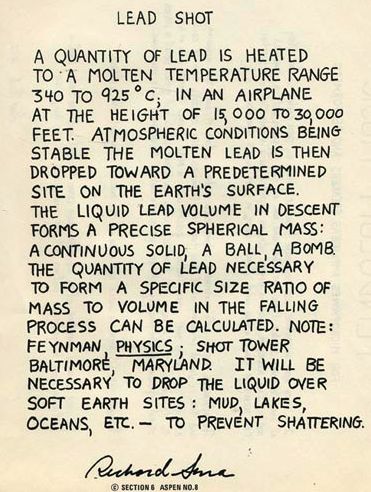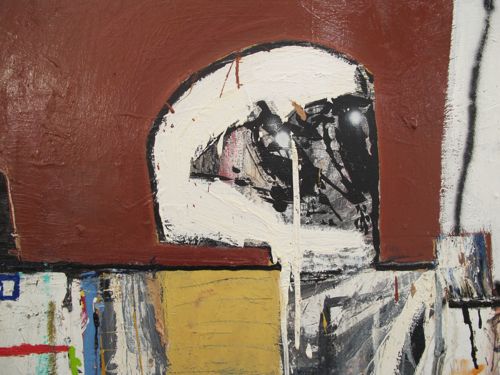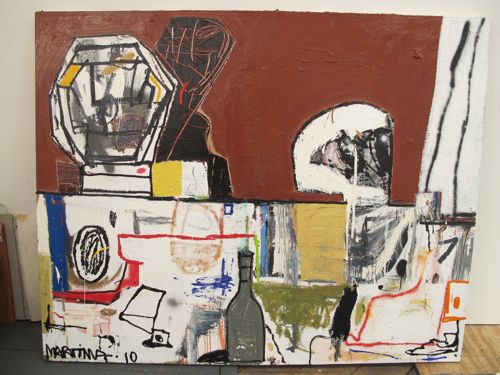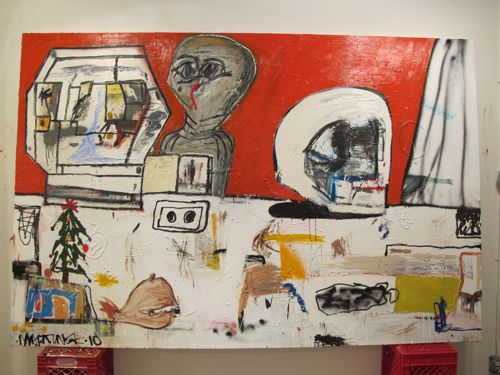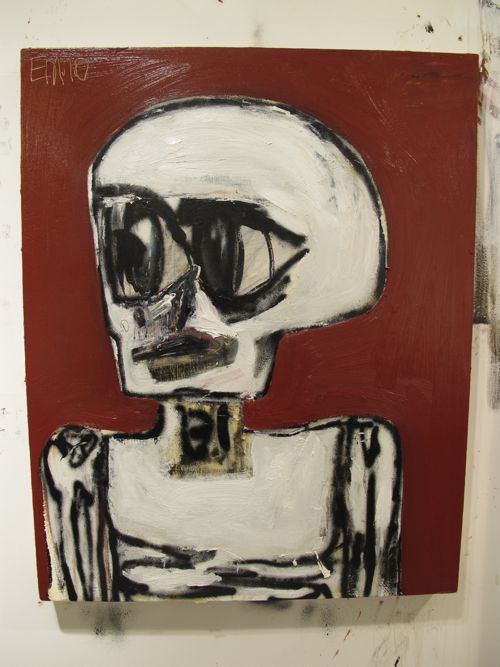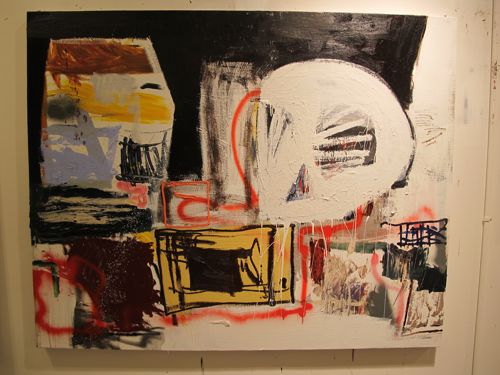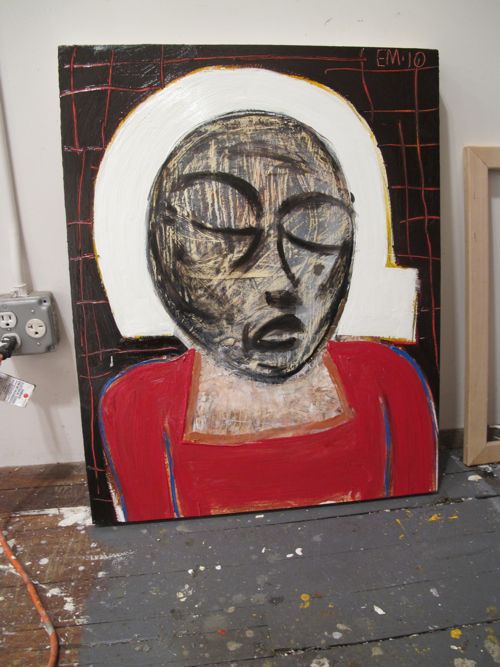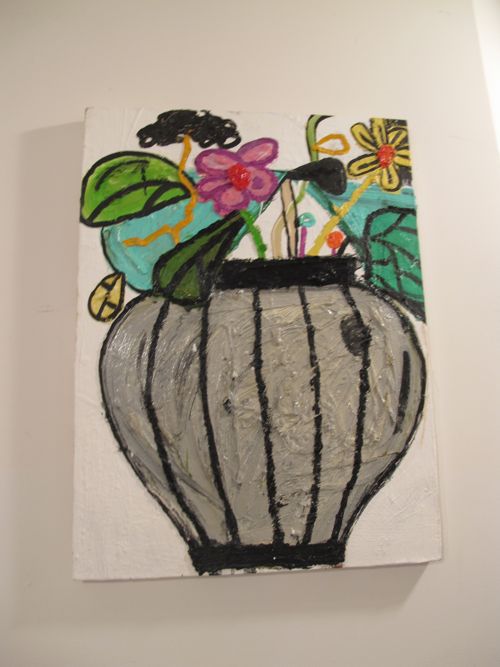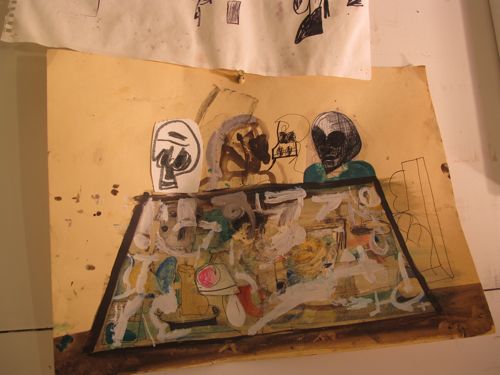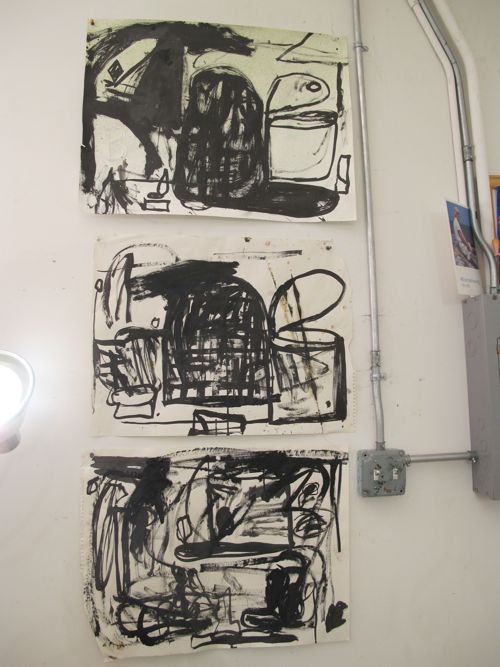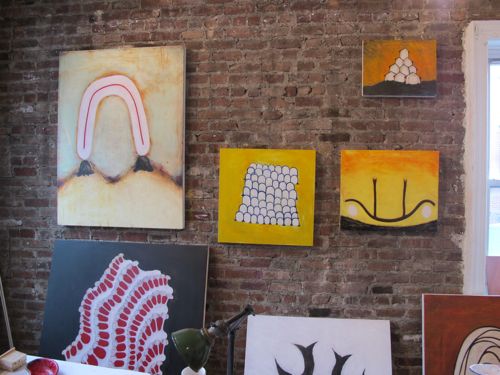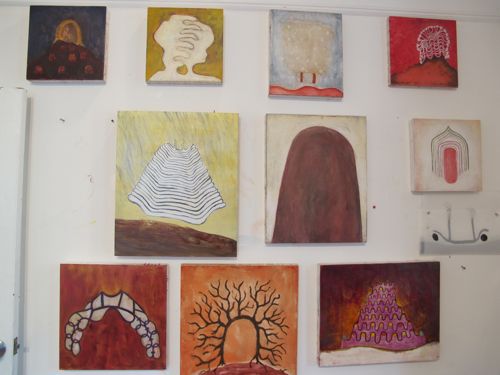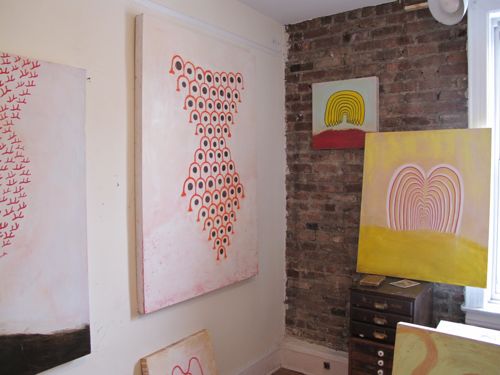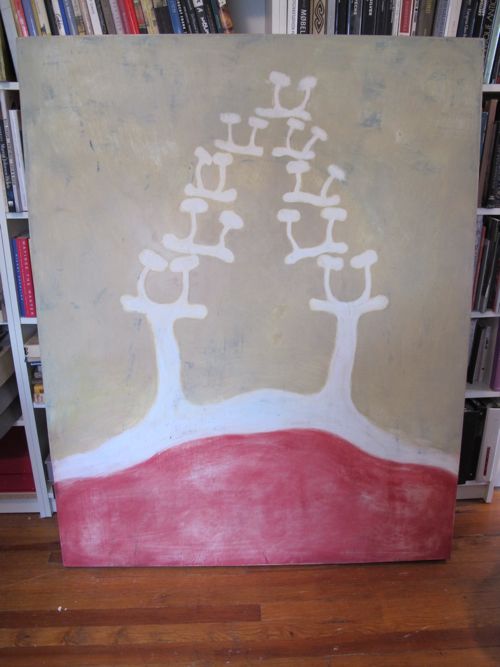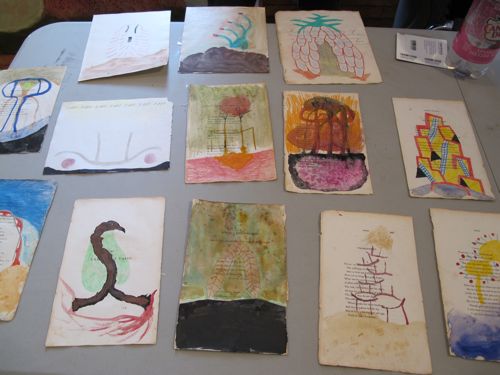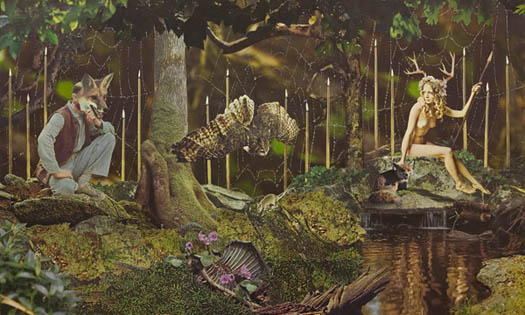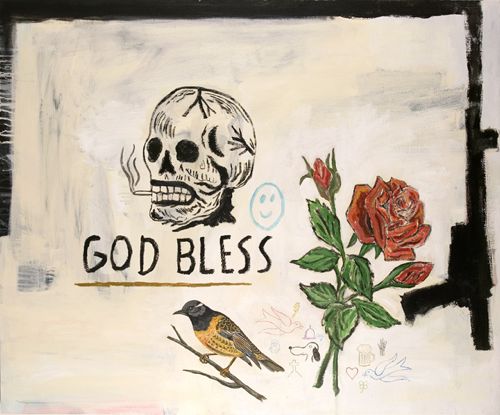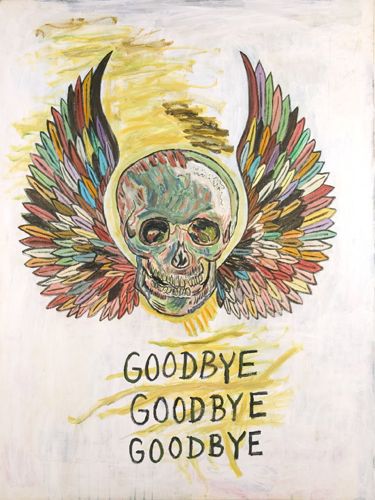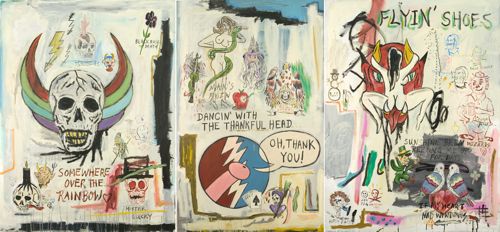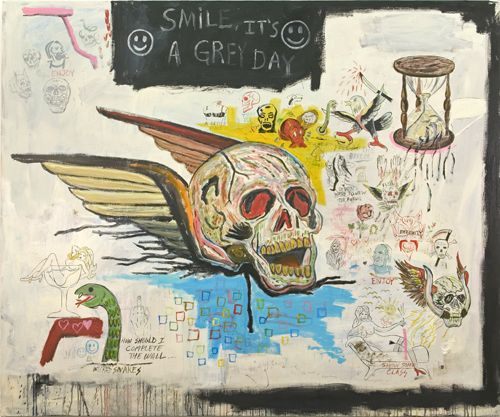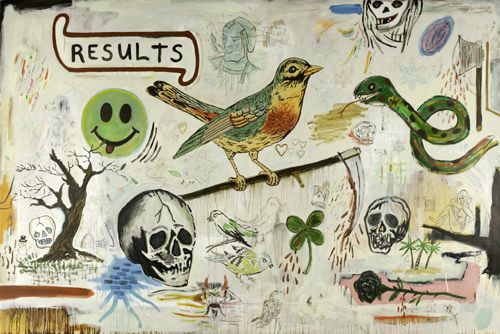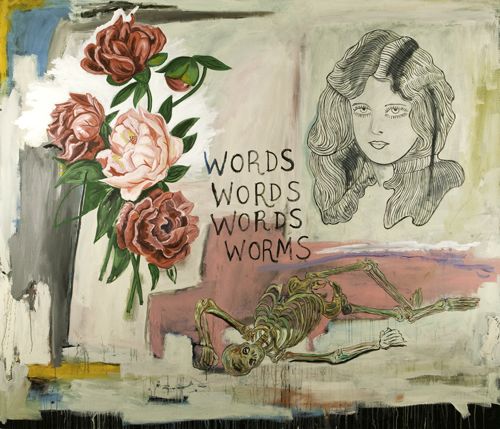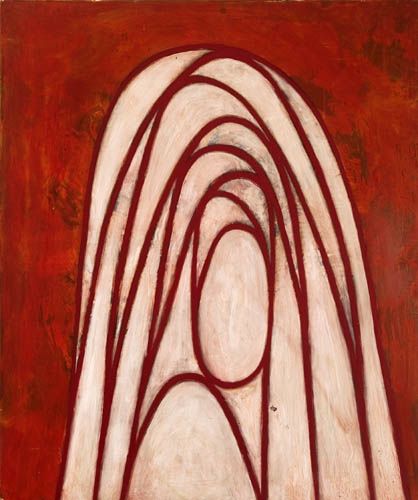
Tag: ZieherSmith
Sculpture in So Many Words
Studio Visit // Eddie Martinez
Studio Visit // Chuck Webster
Piñón @ ZieherSmith
Tucker Nichols
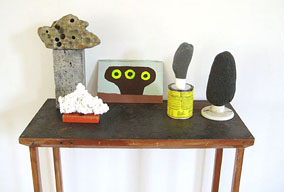
In his third solo exhibition at ZieherSmith, San Francisco based-artist Tucker Nichols presents sculpture, panels and works on paper created during a recent residency at the Headlands Center for the Arts in Sausalito, California. Recent projects include Temporary Storage Overflow Plan #3 in collaboration with Baer Ridgway in 2010 and interventions at the de Young Museum when he was artist in residence in 2008. His work will be included in the forthcoming California Biennial at the Orange County Museum of Art. ARTNews selected Nichols as an “artist to watch” in February 2010. Below is an excerpt from an interview with curator Dakin Hart; the entire text is reproduced in an artist’s book available in a limited edition at the gallery.
The work in your new show seems to suggest a kind of bricolage metropolis. You’ve lived in New York and other cities, but now you keep chickens, frequently abandon your studio to a flooding creek and spend lots of time walking in the hills. Is the grass always greener for artists, too?
I love New York, but as soon as I got to California I felt like I could breathe again. Breathing and making things go well together for me. That said I think about NYC often, and for this show I made a lot of the work from the perspective of someone who had heard a lot about New York, maybe from his uncle or from a pamphlet from the World’s Fair, but had never been. He assumed that people in New York would relate better to things that looked like where they live, so he kept trying to capture the city from what he had heard. You can try, but you’re a fool if you think you can really capture something so big and dynamic. Art is so much smaller than New York City.
You’ve been assembling objects—many poignant like the things we collected and kept as kids—for a long time, but you’ve only fairly recently started showing them. Is it hard to let those go, even when you feel like you’ve made a good piece?
The successful sculptures are hard to let go—it’s partly how I know they’re ready. I really didn’t want to be a sculptor. It seemed like such a pain to deal with all the things you end up making, adding more stuff to the world. Drawings pack away so neatly. But I can’t help myself; if I’m interested in our relationship to things, I have to work with things. A lot of the work in this show I made from things I’d like to keep but am secretly hoping I won’t have to ever see again. I’m conflicted about loving things and wishing they’d all go away, and making sculpture is somehow a good way for me to think about all that. Without that it’s just getting rid of stuff and as you know that’s just a relief.
At ZieherSmith you are showing works you made in a sun-dappled studio with window sills, bumbling bees, peeling paint, absolute silence and green stuff outside. In New York, are they going to be fish out of water; frogs crossing a road between culverts; or happy as clams?
Well as of this interview I’m not there yet to see it. But this work was made and chosen to be shown in New York, so it’s where it’s all supposed to go. I’m as curious as anyone how it will translate, but if it looks wrong that might be even better. You can’t make things in one place and have them look just right someplace else. It doesn’t make any sense. I like my things to feel a bit out of place, a bit lost in the shuffle. This show is like a giant postcard to the city. It looked good from this end.
Transfer Function @ ZieherSmith
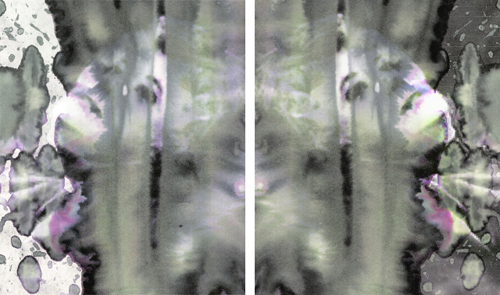
The transfer function reveals how the circuit modifies the input amplitude in creating the output amplitude.
Transfer Function features four artists merging and manipulating – physically and visually – their mediums including photography, painting, printmaking, textiles, ceramics, and sculpture – creating their own unique hybrids. The results are often imbued with further juxtapositions such as the personal with the abstract and the mass produced material or image with the handmade.
Jessica Jackson Hutchins’s ceramics, photographs, prints, found objects and sculptures are inextricably linked to each other and defy their limits. For example, the woodblock that begot a series of monoprints was also a major sculpture in her recent solo exhibition at Derek Eller Gallery, New York, after having served many years as her family table. Her off-kilter, bulbous ceramics often occupy household furniture, thereby transforming the two into a new sculptural being. The artist was recently lauded in press including The New York Times and New York Magazine for her contribution to the 2010 Whitney Biennial.
Sam Moyer’s sculptures carry conceptual heft balanced by their history as commonplace materials transformed by both art and crafting processes. Incorporating photography and painting into her sculptural practice, the artist creates objects that somehow seem both handmade and prefab. Her work was seen in 2009 group shows at the St. Louis Contemporary Museum and P.S.1 Contemporary and will be in P.S.1’s 2010 Greater New York. Her recent solo exhibition at Rachel Uffner Gallery was noted by The New Yorker and Time Out New York.
Sara Greenberger Rafferty works with found imagery, printing portraits in CMYK ink on a desktop printer. She then manually reworks the prints by digital manipulation before finally reproducing them as exposed photographs. The visceral results merge the aesthetics of photography, collage, watercolor, and even body art and embody a wide emotional range from humor and melancholy to disgust. She has presented solo projects in New York at Rachel Uffner Gallery, The Kitchen, and P.S.1 Contemporary.
Mariah Roberston’s unique photographs are the result of darkroom experimentation and celebrate the element of chance. The resulting images are a vigorous mix of representation and abstraction. “The outcome doesn’t matter as much as the inquiry; this isn’t abstraction it’s exploration,” (Mariah Robertson, 2009). Her work has been seen in New York at a recent group show at Sikkema Jenkins as well as solo shows at Museum 52 and Guild & Greyshkul. Her work is in the collections of the Museum of Modern Art and the Los Angeles County Museum of Art.
Simco’s Garage In Conversation With Eddie Martinez
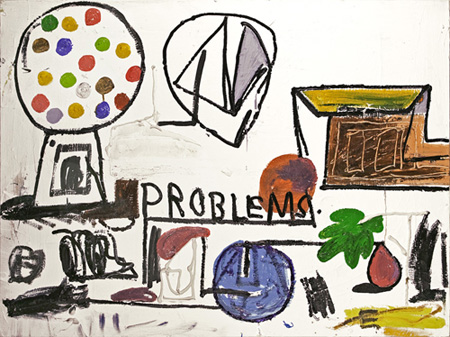
Simco’s Garage invites you to brunch at the home of Stefan Simchowitz on Sunday, April 11, from 11 am – 4 pm for a presentation of works by Eddie Martinez and conversation with the artist.
Simco’s Garage is a new project in the home of Stefan Simchowitz that offers residencies, presentations and conversations. Simco’s Garage facilitates an international selection of artists developing concepts and physical work in an intimate environment outside of institutional parameters. Simco’s Garage supports artists in a flexible and adaptive environment and is invested in multiple points of view and strategies.
Wes Lang /// “Smile, It’s a Grey Day”
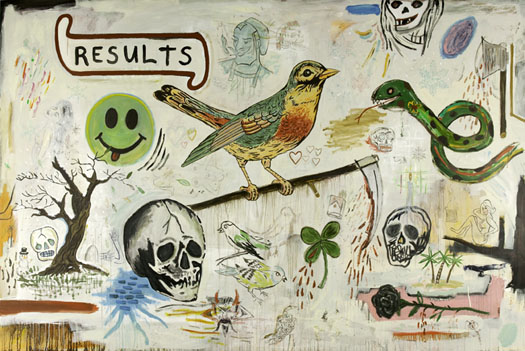
Wes Lang’s latest exhibition “Smile, It’s a Grey Day” consists of 17 new paintings. Meditating on the recent loss of several loved ones, the artist professes a sometimes veiled reverence for life through his tattoo-inspired imagery. Combining the same deft maneuvers of brush as he has long-employed with the skin-artist’s needle, Lang translates masculine tattoo templates and works from within the confines of stylized graphics of flash art, continuing the tattoo tradition of valuing appropriation over unique imagery. The tattoo tropes and one percenter’s dismissal of social constraints is consistent with Lang’s approach to art and life.
Unafraid of influence, Lang channels Philip Guston, Martin Kippenberger, Cy Twombly and Basil Wolverton — a celebration of disparate forebears, re-combined in an alternately cantankerous and nostalgic American stew. He also finds solace in sources as wide ranging as self-help manuals to country and rock song lyrics. In the end, Lang often expresses his outsized optimism openly in titles like “Everybody Cares, Everybody Understands,” “Don’t Tell Me There’s No Hope At All,” and “The River of Golden Dreams.”
With the keenest eye toward our ephemeral fringe — Lang champions human faults, celebrating the patterns in our rapacity—a familiar vernacular comfort becomes the voice of longing for a world without anchor.
This is Lang’s fourth solo exhibition at ZieherSmith and the first to feature solely painting on canvas. His work has also been seen in shows at Alexander and Bonin and Andrea Rosen Gallery in New York, Dealim Museum, Seoul; Peres Projects, Berlin, and V1 Gallery, Copenhagen among many others. He was named one of 2009’s top fifteen young artists by Interview Magazine. A new publication featuring the work of Lang and Donald Baechler, entitled Skulls and Shit , is available from Ajax Press.
